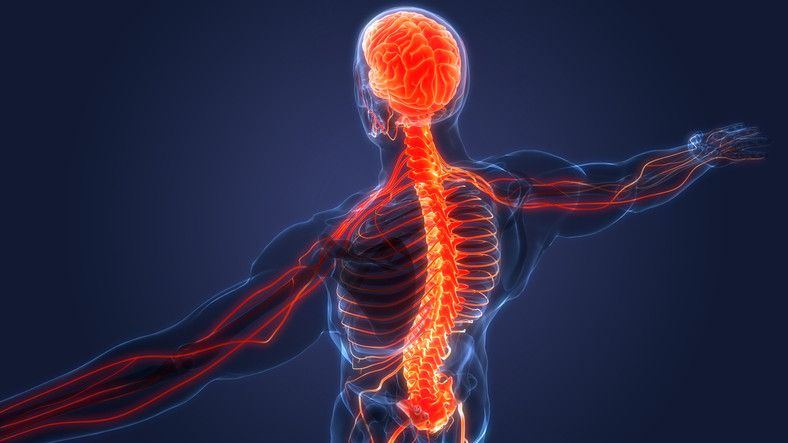At Ashby Thelen Lowry, our Georgia personal injury attorneys know there are many misconceptions about spinal cord injuries. Still, one thing is sure — any level of spinal cord injury is profound.
Spinal cord injuries are categorized into different levels based on the location and extent of the injury along the spinal cord. The level of injury determines the areas of the body that may be affected and the severity of the resulting impairments.
These types of injuries can leave lasting impacts on a victim, even if the injury does not lead to total paralysis. Here, we discuss the various levels of spinal cord injuries that a person can sustain.

What are the Two Main Classification for Spinal Cord Injuries?
The two main classifications for spinal cord injuries are complete and incomplete.
Complete Spinal Cord Injury
- Quadriplegia (Tetraplegia): Injury occurs in the spinal cord’s cervical (neck) region. It typically results in the loss of sensation and motor function in all four limbs and the trunk. The extent of paralysis depends on the specific vertebrae affected.
- Paraplegia: Injury occurs in the thoracic, lumbar, or sacral regions of the spinal cord, leading to the loss of sensation and motor function in the lower extremities and possibly the trunk.
Incomplete Spinal Cord Injury
In incomplete injuries, there is some degree of preservation of motor or sensory function below the level of the injury. Incomplete injuries can vary widely in severity, and the specific type depends on the affected spinal cord tracts.
Some common types include:
- Anterior Cord Syndrome: Typically involves damage to the front portion of the spinal cord, resulting in loss of motor function and pain and temperature sensation while preserving touch and position sense.
- Central Cord Syndrome: Typically affects the cervical region, with greater impairment in the upper extremities than the lower extremities.
- Brown-Sequard Syndrome: Results from damage to one side of the spinal cord, causing motor weakness and loss of proprioception on the same side as the injury and loss of pain and temperature sensation on the opposite side.
Levels of Injury Based on Spinal Cord Segments
Injuries are determined by levels of injury based on spinal cord segments because the spinal cord is a highly organized structure, and the level of the injury can provide important information about the potential impact on motor and sensory function. The spinal cord is divided into segments, each associated with specific nerve roots that control different body parts.
They include:
- Cervical (C1-C8): Injuries in this region can affect the neck and upper extremities, potentially leading to quadriplegia.
- Thoracic (T1-T12): Injuries in the upper thoracic region may result in paraplegia, affecting the trunk and lower extremities.
- Lumbar (L1-L5): Injuries in this region may impact the lower extremities and parts of the abdomen.
- Sacral (S1-S5): Injuries here can affect the lower extremities, buttocks, and parts of the genital region.
It is important to note that the severity and specific symptoms of a spinal cord injury can vary widely, and individuals with similar levels of damage may experience different functional outcomes.
If you have been hurt in a vehicle collision, pedestrian crash, or another incident that resulted in a spine injury, rehabilitation, medical interventions, and ongoing support play crucial roles in managing the effects of spinal cord injuries.
Our skilled Georgia personal injury lawyers and support team at Ashby Thelen Lowry can help you handle the legal aspects of your injury claim by pursuing the liable party for your complete compensation needs. Contact us today at (404) 777-7771 to schedule a free consultation so we can tell your story and ensure your voice is heard by pursuing the best outcome for your unique case.
